Antarctica, the southernmost continent, is the largest desert globally, with an ice-covered landmass. Despite the harsh climate, scientists and explorers still practice religion. Antarctica has no less than seven churches where explorers carry out religious practices — these churches are the southmost worship places on earth.
1. Trinity Chapel
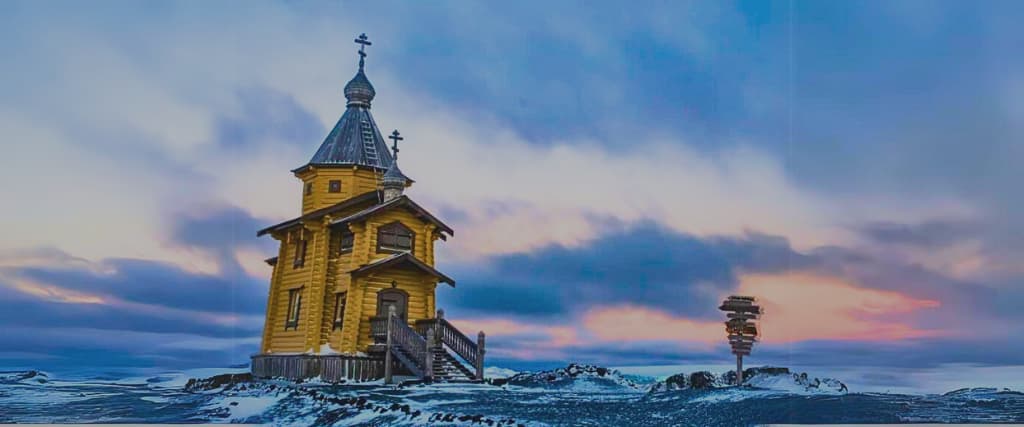
The orthodox worship place was built using Siberian pine during the 1990s in Russia, then shipped to Bellingshausen, the Russian (previously Soviet) Antarctic base on the Island of King George. Initially, two monks from one Russian monastery volunteered to run the chapel throughout the year, and the monastery’s priests have rotated yearly ever since.
The wooden building embellished with Russian carvings is fifteen meters tall and defies the polar winds’ destructive power. The church can host 30 people and spiritually serve the staff from the neighbouring Russian, Korean, and Chilean Polish stations.
Even though Trinity chapel is seldom filled, it has conducted a wedding ceremony between Chilean and Russian researchers and performs baptisms occasionally. The priest also has the duty of praying for the 64 Russian souls who died in different expeditions.
2. Chapel Of The Snows
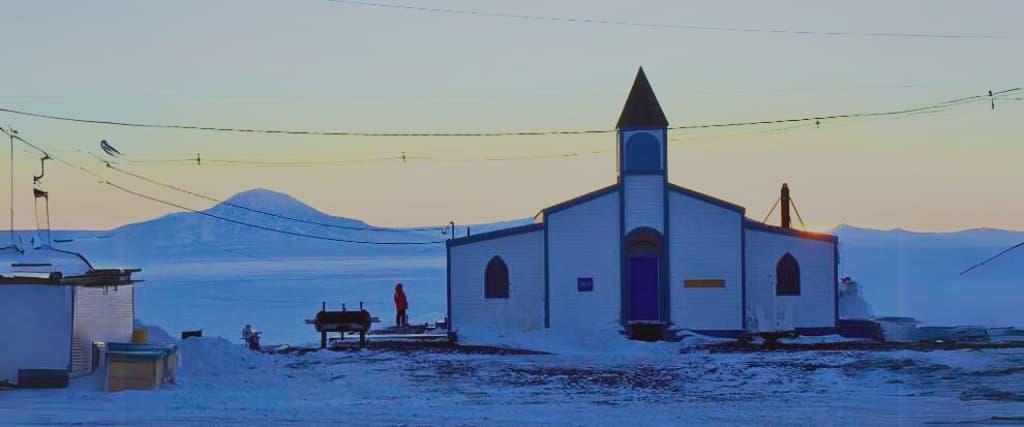
This church is situated on Ross Island on an American science research station. The church isn’t the most fortunate of worship places. However, in spite of its location on a secluded frozen landscape, the chapel of the snows was wrecked by fire in two instances.
A fire inside the heater room destroyed the original church. The replacement was ruined by fire after people abandoned it for many years, and it burst into flames during a dreadful storm.
The research station’s seasonal residents built the present church, featuring custom stained glass depicting the continent (Antarctica). The station hosts approximately 200 individuals during winter and up to a thousand guests during summer. The non-denominational chapel caters to every kind of worshipper. The resident Father, Michael Smith, even conducts Bahai and Buddhist ceremonies.
3. Chapel Of San Francisco De Asis
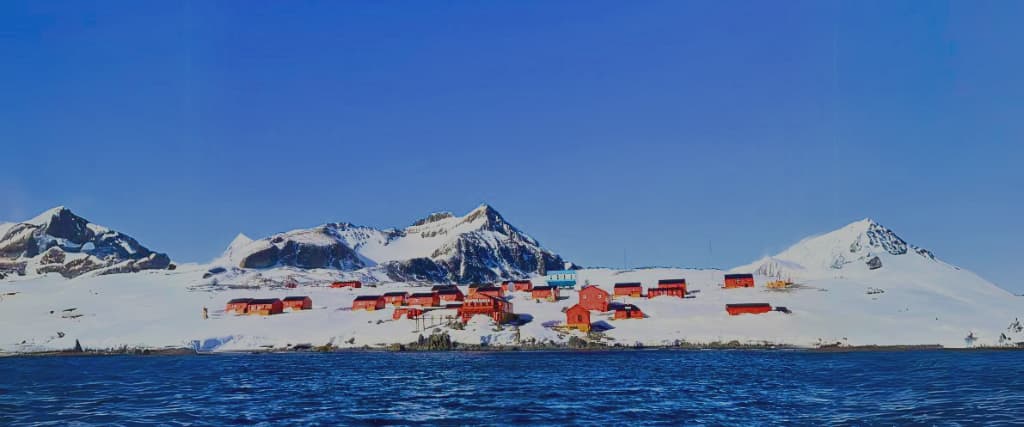
Argentina considers the Esperanza Station its southmost “city” (although it’s likely nearer to a settlement). The station is one among thirteen of Argentina’s research bases in Antarctica. Besides a chapel, the all-year-round base also has a museum, a school with tutors, and a maternity health centre where many Argentinians have given birth.
While the researchers saw it important to cultivate their relationship with God during their stay on the continent, they saw no harm in establishing a casino that doubles as a recreation centre.
4. St. Ivan Rilski Chapel

The adjacent snow wall hugs the St. Kliment Ohridski Bulgarian base church. A Bulgarian team consisting of four members founded the chapel in 1988. Even though the church appears basic, it has a church bell donated by Bulgaria’s ex-Deputy Premier, a medical practitioner at the base during the 1993/1994 season.
5. Santisima Virgen De Lujan Chapel At Marambio Base

Standing before the steel-constructed Catholic church on Argentina’s research base, Father Nicholas Daniel Julian needs a better overcoat! The Father helped construct the chapel on the permanent base, considered the most important Argentinian base in Antarctica. It was Antarctica’s first airfield during its construction and is among the commonly used ones since it’s suitable for wheel landing. As a result, it’s “Antarctica’s Entry Door”.
The Neo-Gothic chapel was established in 1913 in Grytviken whaling station, a South Georgia settlement founded by a Norwegian marine captain. The whalers constructed the church, thus the label “Whaler’s church”. This church is the only establishment in Grytviken that has preserved its native purpose since the now abandoned station shut down in 1966.
In 1904 when the settlement was first founded, it took one hundred and ninety-five whales in the initial season. The whalers used all the animals’ parts; they rendered the viscera to extract oil and turned the meat and bones into fodder and fertiliser. Whalers also hunted elephant seals for the blubber. Approximately 300 men laboured at the base in its heyday, working in the southern summertime between October-March.
The population of whales in the adjacent seas to the island significantly decreased over the next 60 years till the station shut. By that time, the stocks of whales were meagre that their progressive exploitation became unviable. The shore on Grytviken is filled with whale bones, litter and rusting remnants of abandoned whaling ships and whale oil refining plants.
The whaler’s chapel was revamped in 1998 by South Georgia Museum keepers, housed within the manager’s residence of the previous whaling base. The chapel was seldom used for occasional marriage ceremonies, for whalers’ descendants buried at the hamlet.
The chapel and forsaken whaling base feature a cameo role in Happy Feet, the 2006 Oscar award-winning feature film.
6. The Ice Cave Catholic Chapel At Belgrano II Base
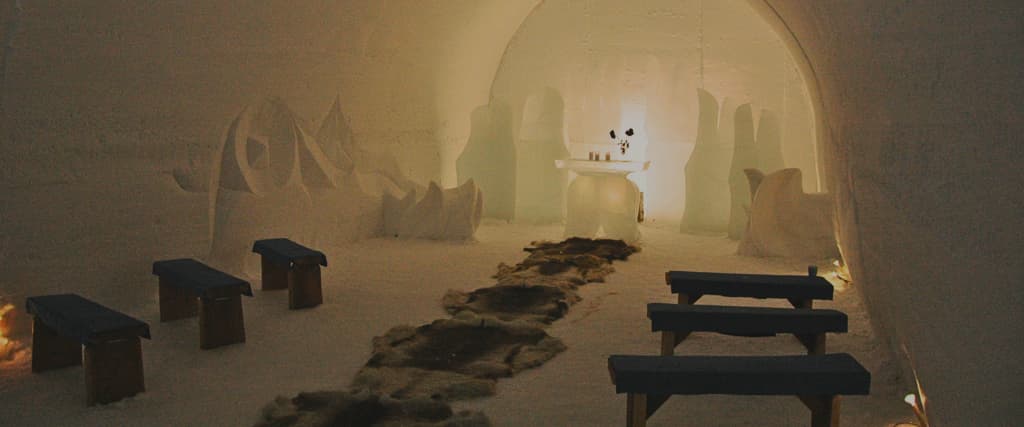
The cave chapel with ice walls is the Southmost worship place of any religion globally. It’s a permanent chapel for a year-round Argentinian base and scientific research station established in 1955 on Coats Island. Due to its latitude, the day and night extend for four months, and the night sky usually exhibits the breathtaking aurora australis.
7. Chilian Chapel Of Santa Maria Reina De La Paz
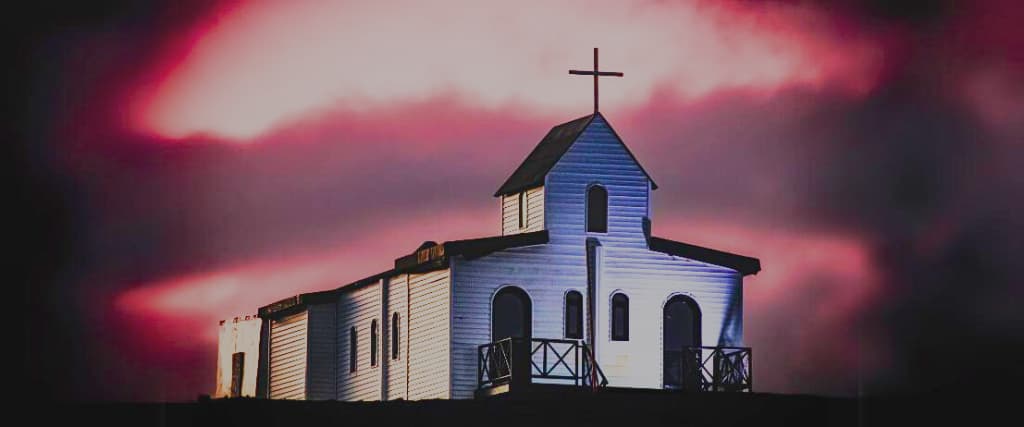
This is among the few chapels in the globe built from shipping containers. The chapel is an unusual worship place for the largest civilian settlement in Antarctica — it hosts 120 visitors during the summer and 80 guests in the winter.
The church is situated on the King George’s Island Chilean military base. Villa las Estrellas is a residence to many staff families and children who reside there for a maximum of two years. A deacon living on the base leads religious ceremonies. Additionally, the town has a bank, post office, hostel, and school.
